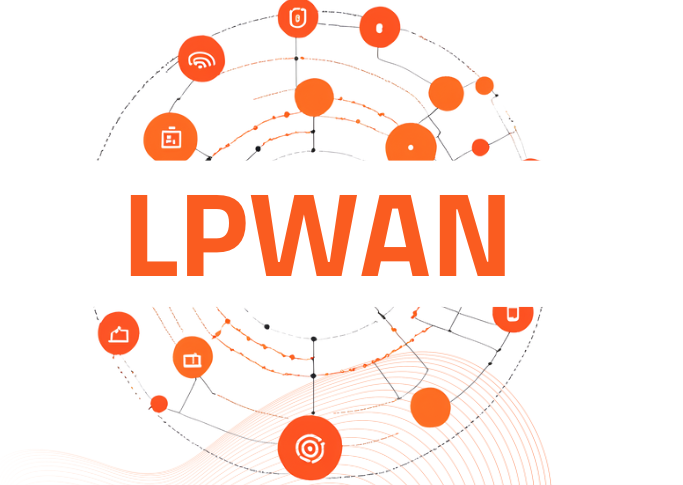What is LPWAN?
LPWAN (Low Power Wide Area Network), is a network that enables long-range, low-power wireless communication for IoT devices. LPWAN networks usually span across wide geographical areas (several kilometers). They are characterised by a low bit rate, which makes them useful for devices that require intermittent or low-bandwith data transmission. The low bit rate allows LPWAN devices to save battery power and operate for extended periods (several years) without recharging or replacing the battery. LPWAN encompasses several network types, including LoRaWAN, NB-IoT, and LTE-M.
Main Advantages of LPWAN
Throughout this article we’ll discuss some of the key advantages of LPWAN, which include:
- Robust, long-range IoT connectivity, even in remote areas
- High penetration rate
- Low power usage
- Cost effeciency
- High network capacity for connecting millions of devices
- Open standards and interoperability between different LPWAN
- Security and privacy through advanced encryption
What differentiates LPWAN from traditional wireless technologies?
As a technology that is specifically designed for IoT, LPWAN addresses some of the core challenges of traditional wireless technologies, such as Wi-Fi, Bluetooth, or cellular networks. The main challenges with traditional technologies are limited geographical range and penetration rate, as well as high power usage, which makes devices depend on external power sources.
Low power-usage
LPWAN is designed for low power usage, supporting different protocols that put the device in standby for fixed periods of time, and using low bandwidth data transmission.
Geographical range
LPWAN is designed for a wider geographical range and higher penetration rate, which is achieved by using lower frequency bands. This allows signals to travel longer distances and penetrate obstacles like walls. Long-range communication with low data rates, increase signal robustness.
Cost-effectiveness
LPWAN is more cost-effective for IoT devices because of:
- lower power usage, reducing battery maintenance and replacement costs.
- lower data rates, reducing bandwidth costs.
- operating on unlicensed frequency bands, eliminating licensing fees.
- simplified infrastructure, reducing the number of base stations and gateways.
Applications
LPWAN is suitable for applications such as smart cities, agriculture, industrial IoT, and asset tracking. For example, in smart cities, LPWAN can support infrastructure monitoring, traffic management, and environmental sensors. In agriculture, it facilitates remote monitoring of crops and livestock across a wide geographical area.
How does LPWAN work?
Overview of LPWAN Architecture
The main elements of LPWAN Architecture are devices, gateways and network servers. In an LPWAN network, devices are low-powered sensors and actuators that are used for collecting and transmitting data. These devices, communicate through gateways, forwarding the data to network servers. These gateways can cover large geographical areas, because of LPWAN’s long-range capabilities.
Data Transmission: Uplinks and Downlinks
In LPWAN networks, data transmission occurs through uplinks and downlinks. Uplinks refer to the data collected by sensors and then sent to the network server via the gateway. Downlink refers to data received by the device, which happens less frequently and includes device configuration, firmware updates and control signals.
Conclusion
In conclusion, LPWAN offers long-range, low-power, and cost-effective IoT connectivity for a wide variety of applications. It overcomes several limitations of traditional wireless technologies, which makes it ideal for large-scale deployments, such as smart cities, industrial automation, and agriculture. With its simple architecture, efficient data transmission and scalability, LPWAN plays a pivotal role in modern-day IoT deployment.
Curious to find out more? Contact us via hello@theiotguide.com.
